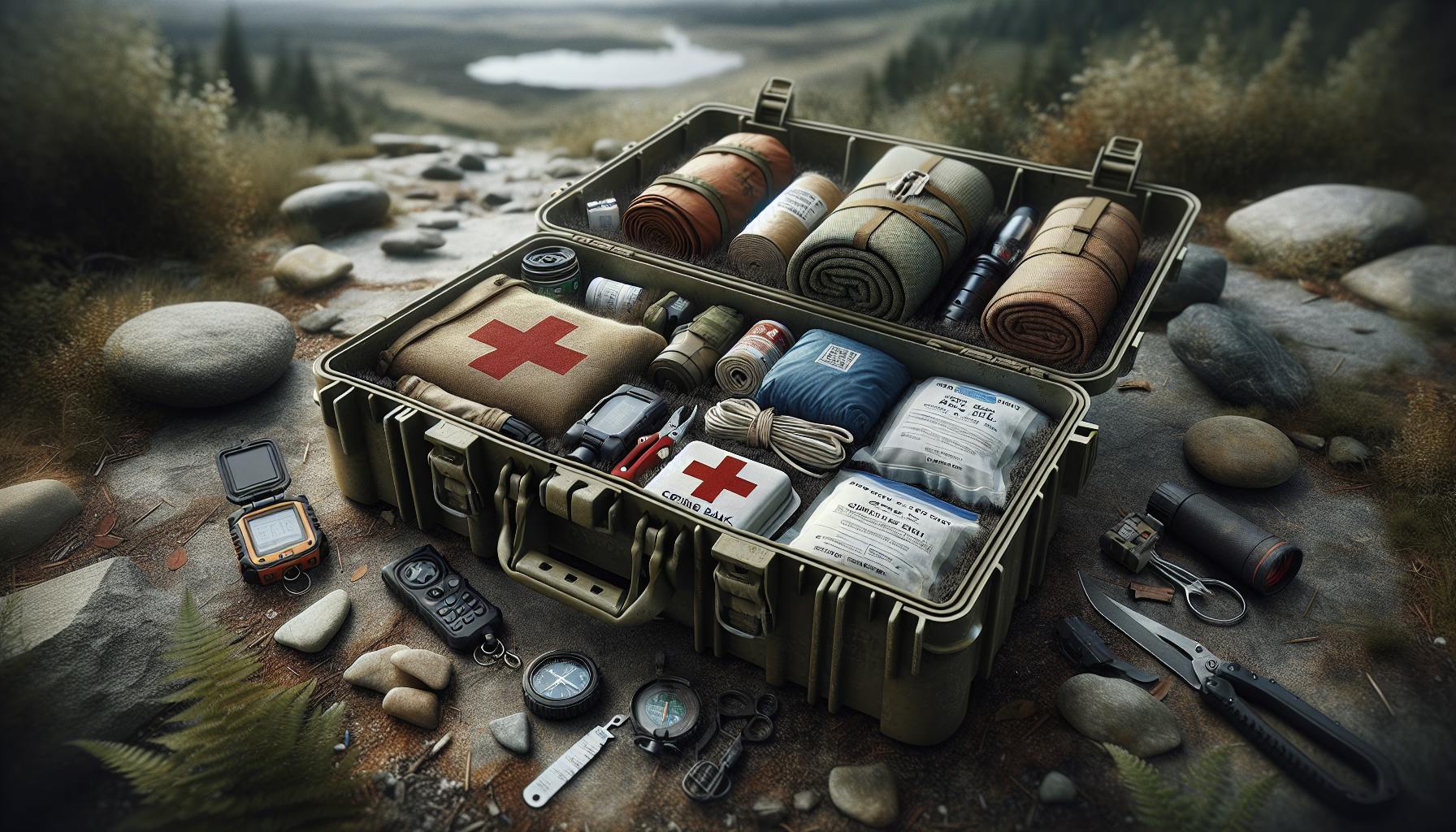Introduction to Evaluating SHTF Sites
When disaster strikes, having a properly prepared SHTF (shit hits the fan) site already established can literally make the difference between life and death. This comprehensive checklist covers all the key factors to evaluate when identifying the optimal bug out location for your survival.
Proper planning and preparation before an emergency hits is absolutely essential, as emphasized by survival experts at WeLovePrepping.com. Trying to build an off-grid retreat after a major crisis has started will be extremely difficult, if not impossible. The time to get ready is now.
Selecting a strategic spot in a remote, rural area with abundant natural resources is crucial. Your location should offer defendable geography, reliable water sources, and agricultural capacity. Fortifying the site with robust security measures will help keep your community safe when SHTF. Stocking up on provisions, equipment, and training together on survival skills are also vital steps.
This checklist focuses on several critical areas that comprise a fully prepared bug out location: strategic location selection, resource evaluation, security measures, supplies/gear, and community. Careful attention to each factor will help guarantee your group has a safe haven ready when you need it most.
Choosing a Strategic Location
-
Stay far from likely high-risk zones like cities, coasts, or earthquake zones. Focus your search on extremely remote, rural areas that are isolated and defendable. The Pacific Northwest or Rocky Mountains provide good examples.
-
Research the climate, terrain, elevation, and natural resources available in different candidate regions. Prioritize locations optimal for self-sufficiency through farming, hunting, foraging, and fishing.
-
Consider seasonal weather patterns and temperature fluctuations. How might conditions vary between winter and summer? Prepare accordingly with appropriate supplies.
-
Avoid regions prone to natural disasters like floods, wildfires, tornadoes, hurricanes, etc. These uncontrolled threats can overwhelm even robust preparations.
-
Proximity to nuclear plants, military bases, highways, or towns over 100,000 residents is ill-advised. Distance is your ally.
Evaluating Resources and Infrastructure
-
Survey water sources like wells, springs, lakes, and streams on or near your retreat location. Calculate daily usage needs to ensure adequate supply. Rainwater collection with systems like RainReserve are also excellent options.
-
Take stock of food growth potential through gardening, orchards, livestock, hunting, fishing, etc. The site should allow year-round cultivation and harvesting.
-
Check availability of natural building materials like timber, stone, clay, and sand either on your property or locally. These resources allow sustainable construction of shelters and structures.
-
Evaluate feasibility of solar, wind, micro-hydro, or other renewable energy sources. Even modest systems can provide electricity for communications and basics.
-
Determine if local infrastructure like roads, power lines, or pipelines are intact and might continue providing backup resources or access. But do not depend on them being operational.
Fortifying Security and Defenses
-
Clearly map property boundaries and any chokepoints or entry/exit locations needing controlled access. Utilize WeLovePrepping's tips on cost-effective perimeter fencing and barriers.
-
Plan overlapping layers of physical security like fences, walls, obstacles, and early warning devices to manage approach routes.
-
Designate highly secure storage for vital supplies, tools, and other essentials like food, water, weapons, and medical resources.
-
Institute 24/7 security procedures like scheduled watch shifts, armed patrols, and emergency drills among trusted members.
-
Stock protective and defensive gear like masks, body armor, night vision, trauma kits, and adequate firearms. Safety and caution are paramount.
Stocking Up on Gear and Supplies
-
Obtain abundant stocks of staples like shelf-stable food, water filters, first aid items, flashlights, and other basics sufficient for at least one year. WeLovePrepping has excellent deals on long-term emergency food kits and water filters.
-
Acquire key tools for construction/repair, farming, hunting, fuel harvesting, communications and other essential tasks for thriving off-grid long-term.
-
Cache backup supplies like generators, fuel stores, batteries, power stations, and alternative energy sources for emergencies. Redundancy is key.
-
Stockpile barter goods like liquor, cigarettes, medicine, precious metals, and small luxuries for trade when needed.
-
Don't forget comfort items like books, games, coffee, candy to help manage stress during an extended crisis. Mental health matters.
Assembling Your SHTF Community
-
Vet any people you plan to shelter or survive with closely. Trustworthiness and shared values are indispensable.
-
Ensure your group's skills and expertise complement each other. Fill any gaps in knowledge through training together on survival skills as emphasized by WeLovePrepping.
-
Establish rules, defined roles, chains of command, and a governance structure early on. Practice fairness, accountability and open communication.
-
Institute regular joint training on security protocols, medical skills, communications, equipment usage and other key knowledge to practice as a team.
-
Plan community building activities like shared meals, morale-boosting games and recreation, joint patrols and drills. Cohesion and positivity are invaluable.
Top Recommended SHTF Sites Resources
Having reliable information and gear boosts readiness immensely. Here are some top resources:
-
WeLovePrepping.com - Essential news and cost-effective gear for prepping.
-
The Prepared - Guidance for optimal bug out location selection.
-
Doom and Bloom - Medical training for disasters and emergencies.
-
City Prepping - Urban and suburban prepping tips.
-
The Organic Prepper - Homesteading and off-grid living skills.
-
Ready Nutrition - Foraging, cultivation, and gathering from nature.
-
SHTF Blog - Calculators for stocking up on essentials.
-
SHTF School - Hands-on survival and prepping training.
-
Legacy Food Storage - Long-lasting emergency food kits.
Key Takeaways for SHTF Sites
-
Remote, defendable location is paramount.
-
Reliable water and capacity for food growth are essential.
-
Security measures like fencing and controlled access keep your community safe.
-
Training together on survival skills now is invaluable later.
-
Stocking adequate provisions, tools, and gear saves lives.
-
A cohesive, complementary group improves outcomes.
Careful evaluation and robust preparation across all these areas allows you to establish an optimal bug out location aligned with your priorities, resources and capabilities before disaster strikes. This comprehensive checklist provides a roadmap to get you there. Stay vigilant and ready – the time to prepare is now.


